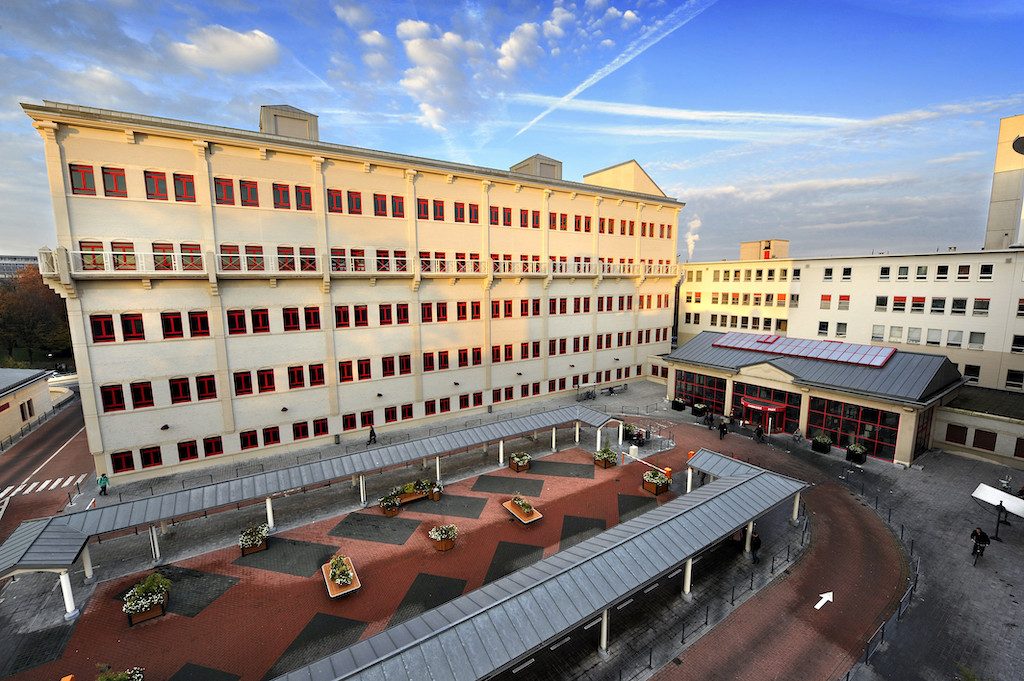Public inquiry into new geothermal heating project started near Mons, Belgium
A new geothermal heating project is pushing forward near Mons, Belgium intended at providing heat to a local hospital and later schools in the area.
As reported locally, a new geothermal heating project has been kicked off near Mons, Belgium. The project aims to take advantage of an immense aquifer of hot water at a depth of 2,500 meters deep to supply the Ambroise-Paré University Hospital, as announced by intercommunal IDEA. With the application for a permit having been submitted to the Walloon administration, an important new step is taken towards the realization of this ambitious project.
To commence drilling of the planned well doublet requires a modification of the road network, but also a derogation from the sector plan. The area where the wells will be drilled will be a green zone. The delegated official and the technical officer of the Walloon Region will decide on this application for a single permit. In the meantime, a public inquiry will be open from August 26th to September 25th. The file can be consulted at the Environment Department of the City of Mons. The observations can be sent by mail to the municipal administration or by email to environment@ville.mons.be.
In February, trucks had crisscrossed the territory of Mons and its surroundings to send seismic waves intended to draw with precision the outlines of this sheet of hot water. The municipalities of Saint-Ghislain and Baudour are already benefiting, as is the zoning for geothermal energy. Mons is about to dive a little more with this new installation. If all goes well, drilling for the well should begin in the spring of 2020. The construction of the geothermal heating plant will then be launched a year later for a start-up planned mid-2023.
The hospital Ambroise-Paré is already among the future beneficiaries of this new source of energy that should allow it to save 3,500 tons of CO2 each year. But other large public infrastructure could also benefit, particularly schools.
Source: DHnet.be


















